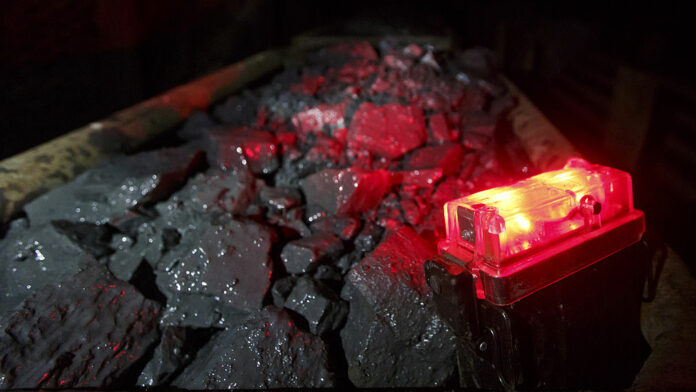
URANIUM is not a mineral Sibanye-Stillwater CEO Neal Froneman wants to take on again, not single-handedly at least; not even given its recent price performance, and the fact Sibanye-Stillwater has significant reserves of the mineral.
The mineral’s price hit a 16-year high in January, an 80% increase over 12 months after Kazatomprom, the world’s largest producer of uranium, warned of supply shortfalls in the coming two years. But Uranium One, Froneman’s former company, was built when uranium was last in a bull market and then perished in spectacular fashion when uranium prices collapsed.
That was in 2008. A year before Uranium One completed the world’s largest uranium deal with the C$3.8bn takeover of UrAsia, a transaction conducted with Greg Cochran who had been appointed head of a Uranium One joint venture in Australia.
Cochran is back with Froneman again after Sibanye-Stillwater announced his appointment as head of the firm’s “uranium division”. But rather than build out a new business for Sibanye-Stillwater, Cochran’s job description is to “realise and optimise” value in the firm’s uranium – essentially a sale or joint venture while the price is running.
Speaking to Miningmx earlier this month, Froneman said he was “open minded” on realising profits from the firm’s uranium reserves, which are extensive. The group has about 32 million pounds of uranium contained in tailings at its mothballed Cooke operations west of Johannesburg, and about as much underground at the Beatrix mine in the Free State.
A joint venture was one option in which the assets could be swapped for a stake in an uranium development company that would take on the responsibility of financing, or an outright sale. Harmony Gold said in February it was looking out for more uranium to fill its own mills given the mineral’s pricing. It increased uranium production 37% to 308,018 pounds in the six months ended December and sold 353,000 lbs.
Importantly, neither option would require Sibanye-Stillwater to put in significant capital, although the group still has access to about $350m raised in last year’s convertible note, expressly for merger and acquisition opportunities.
But this is not the time for Sibanye-Stillwater to be running risky gambits. Net debt totalled R11.9bn as of December 31 even as Sibanye-Stillwater bedded down cost reductions across its platinum group metals and gold assets totalling R6.5bn. More cost reductions are likely to follow this year in the absence of stronger PGM prices.
Risking capital on a mineral known for volatility, and given its strategic value, subject to policy-making is unlikely to go down well with Sibanye-Stillwater’s shareholders.











